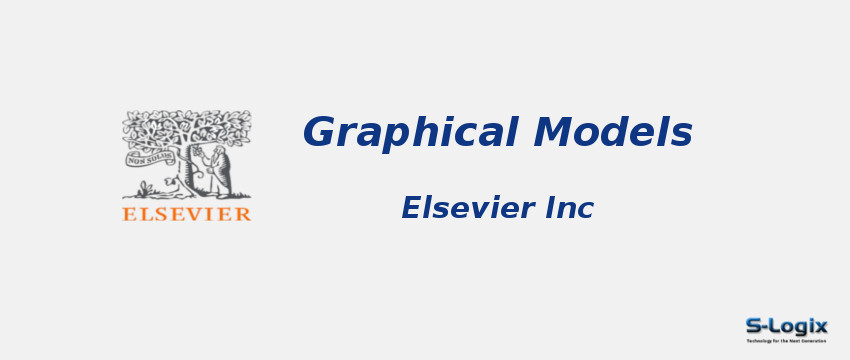Journal Home: Journal Homepage
Editor-in-Chief: Bedrich Benes
Print ISSN: 1524-0703
Electronic ISSN: 1524-0711
Abstracting and Indexing: Science Citation Index Expanded, Scopus.
Imapct Factor 2024: 2.2
Subject Area and Category: Computer Sciences, Mathematics
Publication Frequency: Bimonthly
H Index: 63
Q1:
Q2: Computer Graphics and Computer-Aided Design
Q3:
Q4:
Cite Score: 4.1
SNIP: 0.978
Journal Rank(SJR): 0.481
Latest Articles: Latest Articles in Graphical Models
Guidelines for Authors: Graphical Models Author Guidelines
Paper Submissions: Paper Submissions in Graphical Models
Publisher: Academic Press Inc, Elsevier Science
Country: USA
